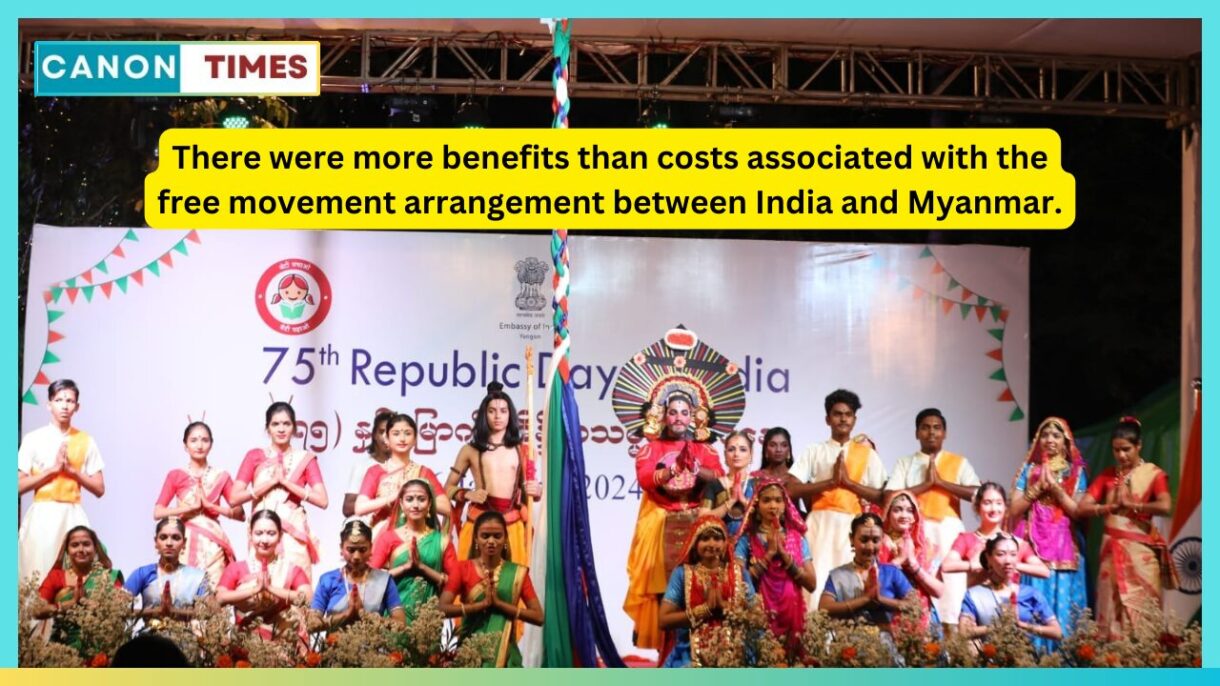People inhabiting a nation define it, not the borders that separate it. This idea of nation-building and sustenance—especially for a nation that broke free from colonial rule—is more than simply an abstract proverb. In addition to the post-colonial nation-state’s goal in maintaining national security, the concept of borders and neighbourly ties was also linked to the imagined histories and interests of the local populations living there. Amit Shah, the Home Minister, clearly disproved this notion when he declared that the “Free Movement Regime” (FMR) that had been implemented in Indian States that border Myanmar starting in 2018 would be abandoned and that a barrier would be built along the India-Myanmar border. In addition to aiding rebel organisations in the northeast in establishing bases within parts of Myanmar where the junta’s authority is comparatively weak or nonexistent, the porous border is purportedly the cause of this demand and the necessity for fence. However, by themselves, these arguments are not compelling. With continued or successful peace efforts or the use of force, the majority of insurgent organisations have significantly diminished, and successive Indian governments have been able to neutralise their threats. Furthermore, the relative absence of robust police enforcement with local participation and the porousness of the border both contribute to the drug traffic.
It should be evident from the fact that the demand to repeal the FMR has been strongly supported by a portion of the currently unstable state of Manipur and strongly opposed by Nagaland and Mizoram that the people in these states feel a certain way. In the midst of a civil war, citizens from Myanmar’s western states, namely Sagain and Chin State, are fleeing to neighbouring Mizoram and Manipur in search of safety and humanitarian aid. The Kuki-Zo community in Manipur and the Mizos of Mizoram have been arranging aid for the refugees since they share a kinship with the Chin people. Meitei majoritarian elements in the Imphal valley have opposed the FMR by drawing attention to the myth that Chin migrants are entering Manipur illegally. India’s Act East strategy was acknowledged with the establishment of the FMR, a formalised system allowing citizens to migrate across the thinly inhabited border and into the 16 km around it for trade and business.
The inhabitants of the area who are separated by boundaries created by colonialism but who have similar ethnic ties also expressed their will in this way. The enormous task of constructing a border fence amidst forested areas and difficult mountains is an example of misguided priorities, and it is necessary to review the reversal of this regime.

Abhishek Verma
Author: This news is edited by: Abhishek Verma, (Editor, CANON TIMES)
Authentic news.






